Follow Us:
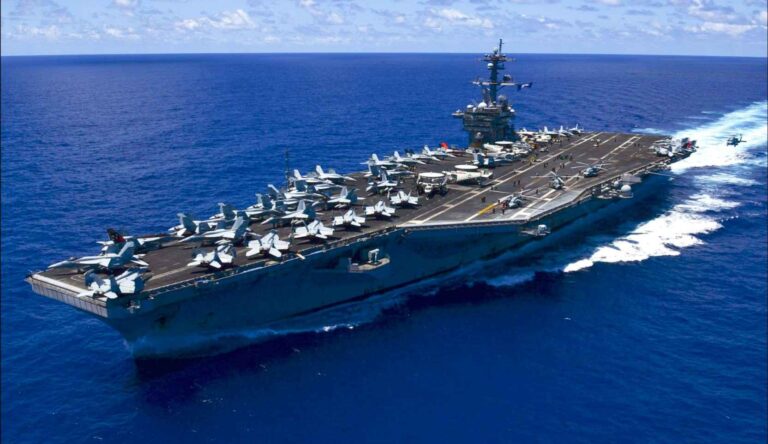
Share
The M270 MLRS (Multiple Launch Rocket System) is one of the most advanced and versatile artillery systems ever developed, offering powerful long-range firepower and significant strategic advantages in modern warfare.
Since its inception during the Cold War, the M 270 MLRS has been widely used by numerous countries across the globe, especially by NATO members, and has proven itself to be a critical asset on the battlefield.
In this comprehensive guide, we will dive deep into everything you need to know about the M 270 MLRS, from its technical specifications to its operational history, modernization efforts, and deployment in key military conflicts, including its recent use in the war in Ukraine. We’ll also compare it to other systems like HIMARS.
Whether you’re a military enthusiast, defense analyst, or simply curious about modern artillery, this guide will provide detailed insights into the M270 MLRS, its capabilities, and its lasting importance.
The M270 MLRS, or Multiple Launch Rocket System, is a mobile, armored, self-propelled artillery system designed to launch a variety of guided and unguided rockets.
It was developed during the Cold War by the United States and entered service in the early 1980s.
The system is designed to deliver overwhelming firepower over a large area in a short time, making it highly effective in modern combat scenarios, particularly against enemy forces, installations, and supply routes.
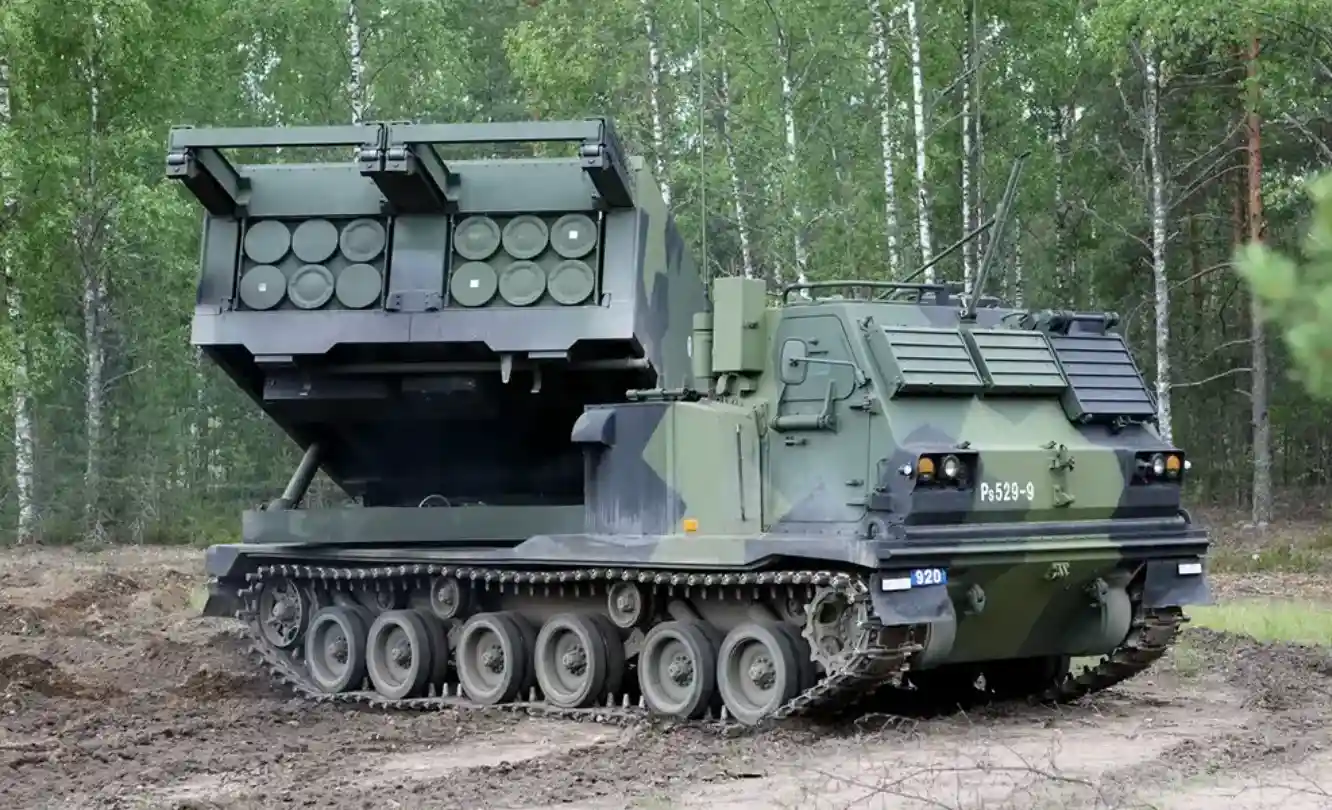
The M 270 MLRS is mounted on a tracked armored vehicle, giving it the mobility needed to operate in a variety of terrain and conditions.
It can fire rockets from a range of 32 to 70 kilometers (depending on the ammunition) and is known for its versatility and precision in delivering sustained artillery fire.
The M270’s ability to fire both standard rockets and precision-guided missiles makes it a dual-purpose system, equally capable of suppressing enemy forces and striking high-value, strategic targets.
The M270 MLRS was developed by Lockheed Martin in response to the U.S. Army’s need for a system capable of delivering multiple rockets at a rapid pace.
First entering service in the early 1980s, the M270 multiple-launch rocket has since been deployed in various global conflicts, showcasing its effectiveness across different environments.
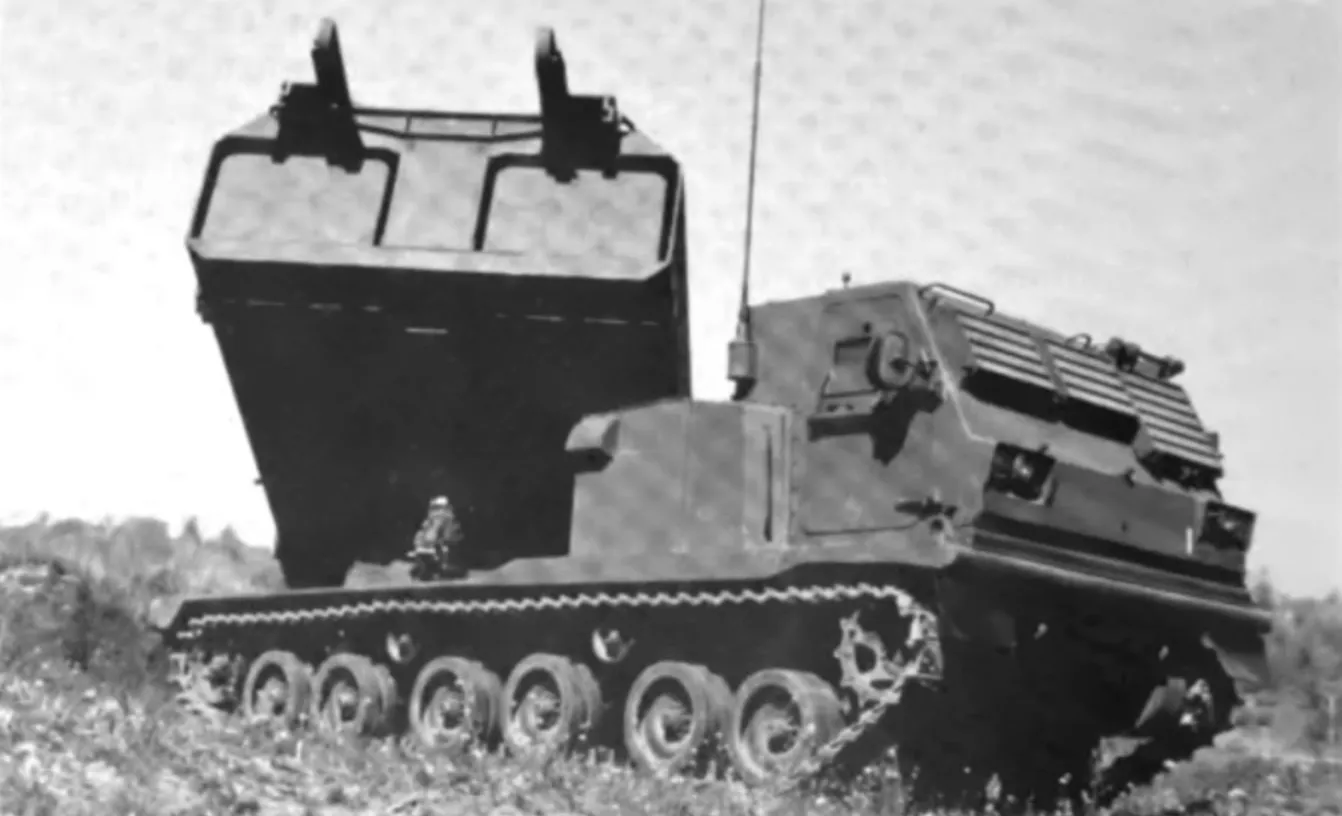
The system features a tracked vehicle platform, allowing it to traverse rugged terrain with relative ease. Its ability to be quickly deployed and repositioned is a key advantage, giving it the flexibility to operate in various combat scenarios.
While it was initially developed for Cold War-era conflicts, the M270 launcher has been updated over the decades with advanced targeting systems and guided munitions, making it one of the most reliable and lethal rocket artillery systems in existence.
In today’s military environment, the M 270 MLRS is used by multiple NATO countries and continues to see action in conflicts around the world, most notably in the ongoing war in Ukraine.
The combination of mobility, firepower, and adaptability makes it a crucial asset in both offensive and defensive operations.
The M270 MLRS specifications make it a formidable and reliable platform for delivering concentrated rocket fire over long distances.
Understanding its physical and operational characteristics helps highlight why it has remained relevant for so many years in military arsenals around the world.
The M270 multiple-launch rocket is a large and powerful vehicle. Its physical dimensions are tailored to carry heavy loads of rockets and ammunition while maintaining mobility across difficult terrain.
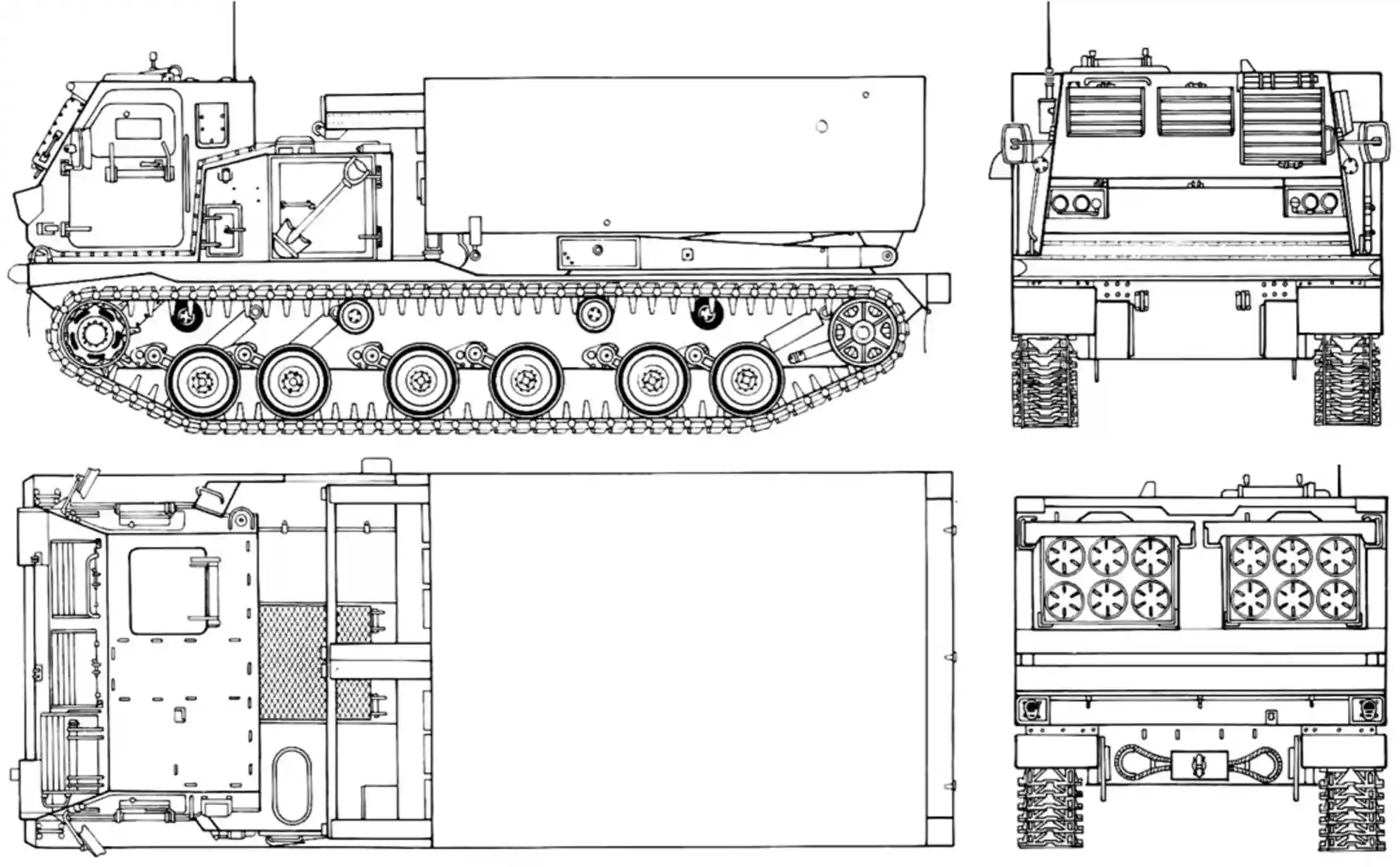
Here are the key specifications:
| Specification | Details |
| Length | 6.85 meters (22.5 feet) |
| Width | 2.97 meters (9.74 feet) |
| Height | 2.59 meters (8.5 feet) |
| Weight | 25 tons (55,000 pounds) |
The sheer size and weight of the M270 armored vehicle ensure that it can handle the stresses of battlefield conditions, from firing high-powered rockets to absorbing enemy fire.
The robust armor protects the crew and internal systems, allowing the M270 multiple launch rocket system to operate even in high-threat environments.
Mobility is critical for the M270 MLRS. It is designed to move quickly, relocate after firing, and avoid enemy detection and counterattacks.
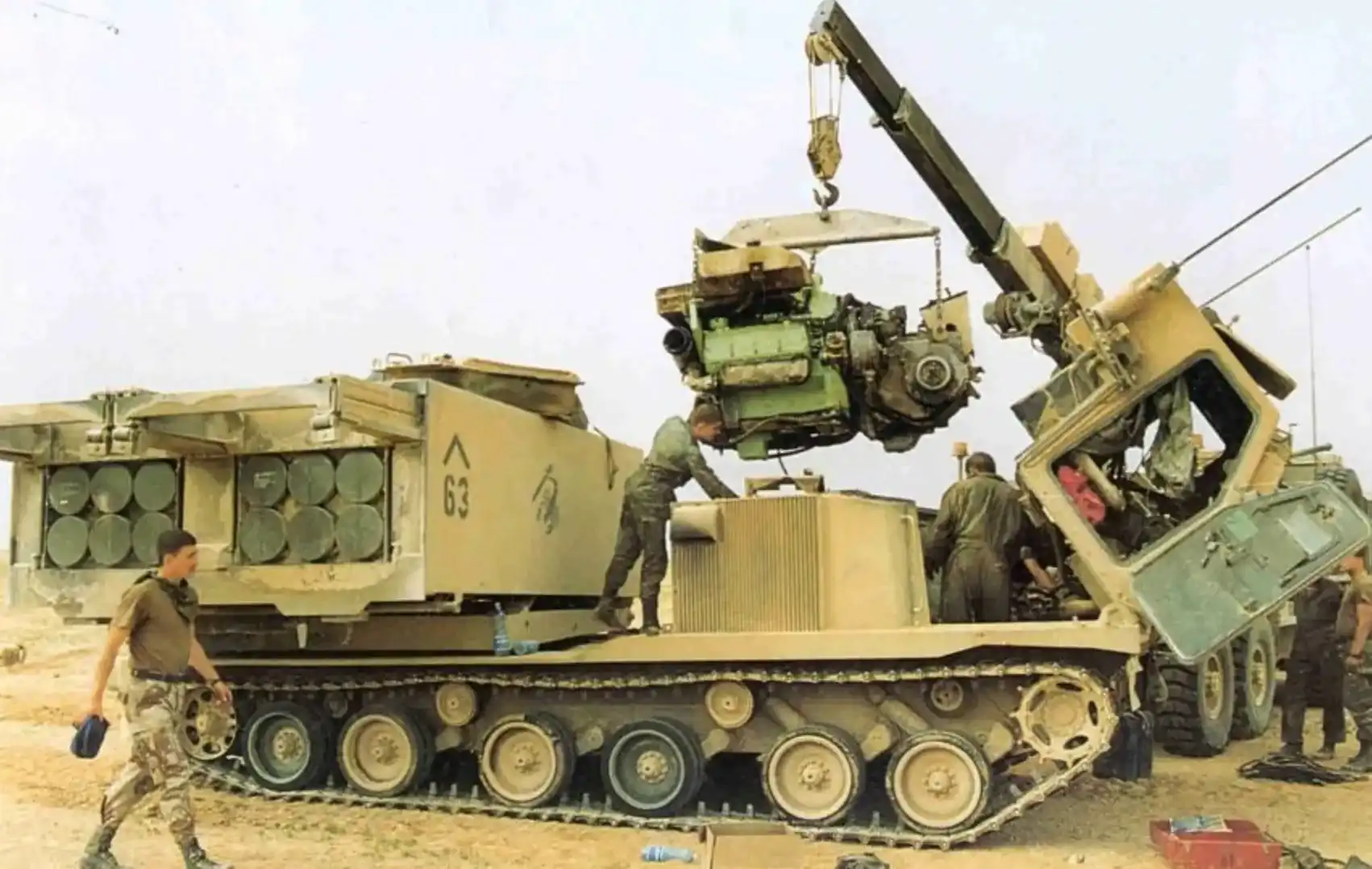
The M270 uses a diesel engine that provides a balance of power, efficiency, and durability for extended operations in various conditions.
| Engine Specification | Details |
| Engine Type | Detroit Diesel 8V71 turbocharged V8 |
| Horsepower | 500 hp |
| Maximum Speed | 64 km/h (40 mph) |
| Range | 480 km (300 miles) |
| Fuel Consumption | Approximately 2.3 mpg (heavy operations) |
The engine’s 500 horsepower allows the M270 to move quickly across different terrains, including rough and muddy landscapes.
This mobility is essential for repositioning after firing, making the system highly effective in “shoot and scoot” tactics. M270 MLRS mobility plays a significant role in its survivability, as it can quickly relocate after engaging the enemy.
The M270’s track-based mobility allows it to keep up with armored units, making it highly effective in coordinated mechanized operations.
Its range of 480 km ensures it can sustain prolonged operations without needing constant refueling, though fuel consumption remains a factor in its overall logistics.
Perhaps the most critical aspect of the M 270 MLRS is its firepower. The system can launch an array of rockets and guided missiles, offering flexibility depending on the mission’s needs.
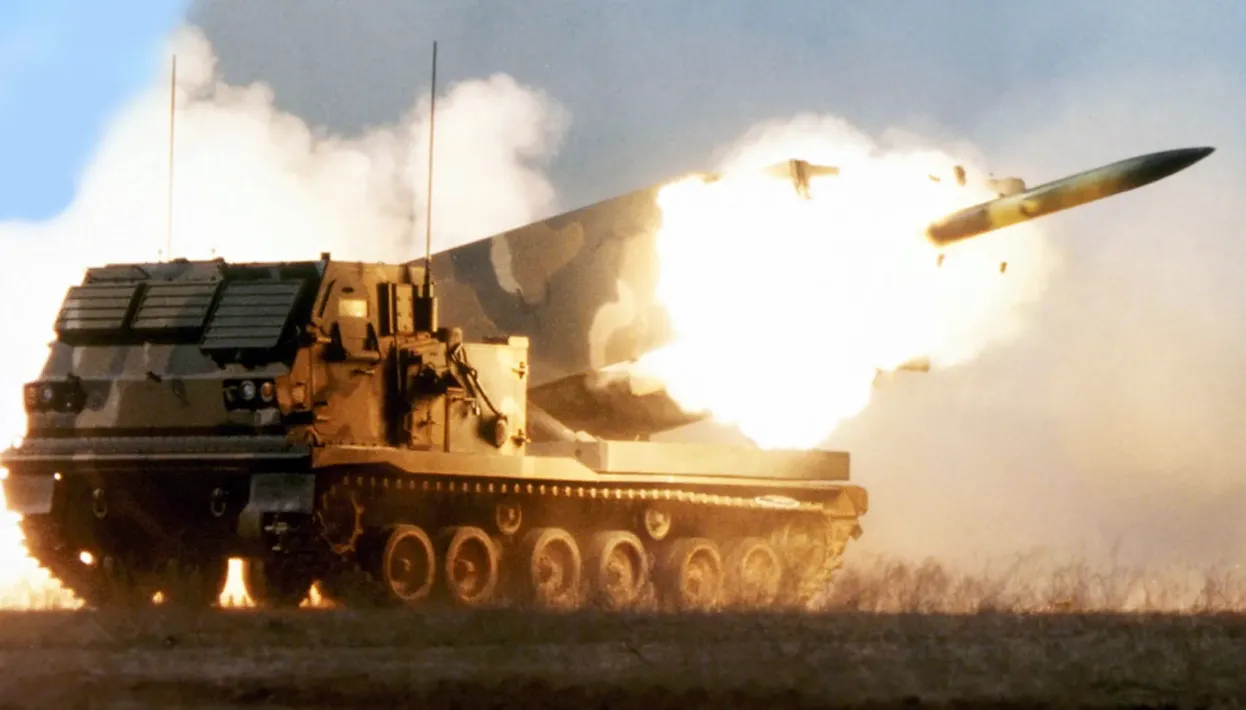
Each M270 rocket launcher pod can fire 12 rockets in quick succession, covering a wide area with explosive force.
| Firepower Specification | Details |
| Rockets per Pod | 12 |
| Rocket Types | Unguided rockets, guided rockets, ATACMS |
| Maximum Range | 70+ km (43+ miles) with standard rockets |
| Precision-Guided Range | Up to 300 km with ATACMS missiles |
The M270 MLRS range depends on the type of ammunition used. Standard rockets can reach targets up to 70 km away, while the ATACMS (Army Tactical Missile System) can strike targets up to 300 km with incredible precision.
This allows the M270 to engage a wide range of targets, from enemy troop concentrations to command centers and infrastructure, from a safe distance.
The M270 multiple launch rocket system is also compatible with precision-guided missiles, improving its accuracy and effectiveness in modern, high-tech warfare.
These guided systems are crucial for minimizing collateral damage while maximizing impact on strategic targets.
Reloading the M270 MLRS is a relatively quick process, enhancing its operational tempo. With trained crews, reloading can take between 5-10 minutes, depending on the conditions.
This rapid reload capability allows the system to maintain a high rate of fire, supporting extended operations.
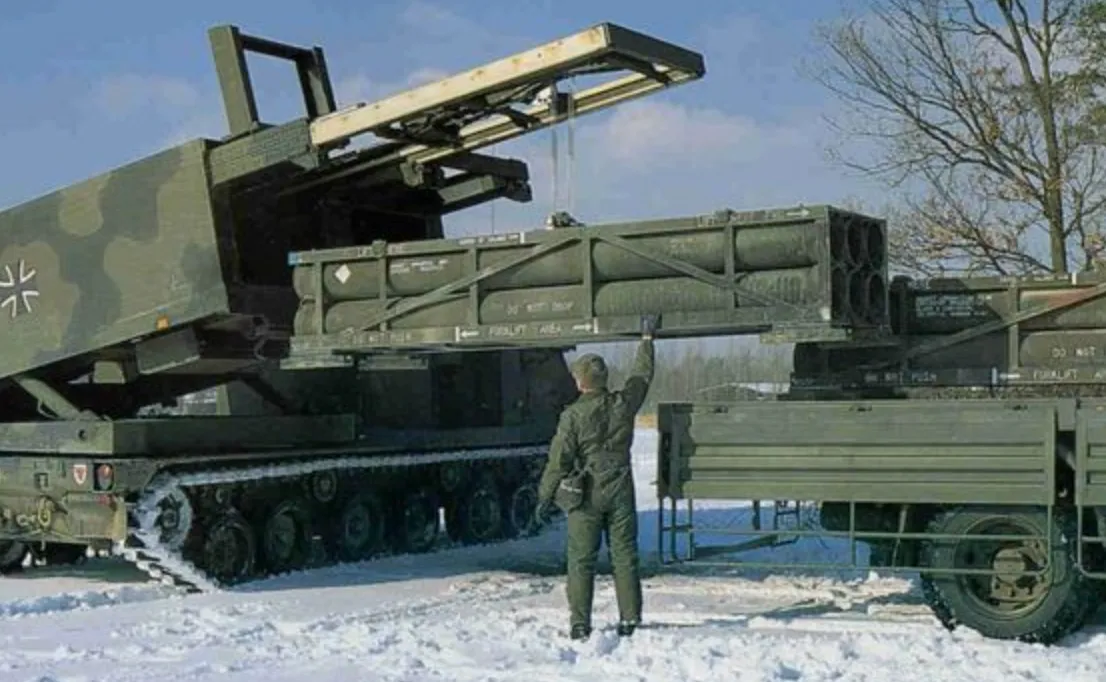
The M270 MLRS ammunition types are varied, giving commanders the flexibility to tailor the system’s firepower to specific mission objectives:
The wide range of munitions makes the M270 MLRS adaptable to different combat scenarios, from conventional warfare to counterinsurgency operations.
The M270 MLRS capabilities make it one of the most versatile and powerful rocket artillery systems in modern warfare. From its firepower and flexibility to its ability to operate in a variety of combat environments, the M270 has proven to be a reliable asset for military forces around the world.
This section will explore its versatility, compare it with similar systems like the HIMARS, and highlight its effectiveness on the battlefield.
The M270 MLRS is renowned for its ability to launch various types of munitions, making it adaptable to different mission profiles.
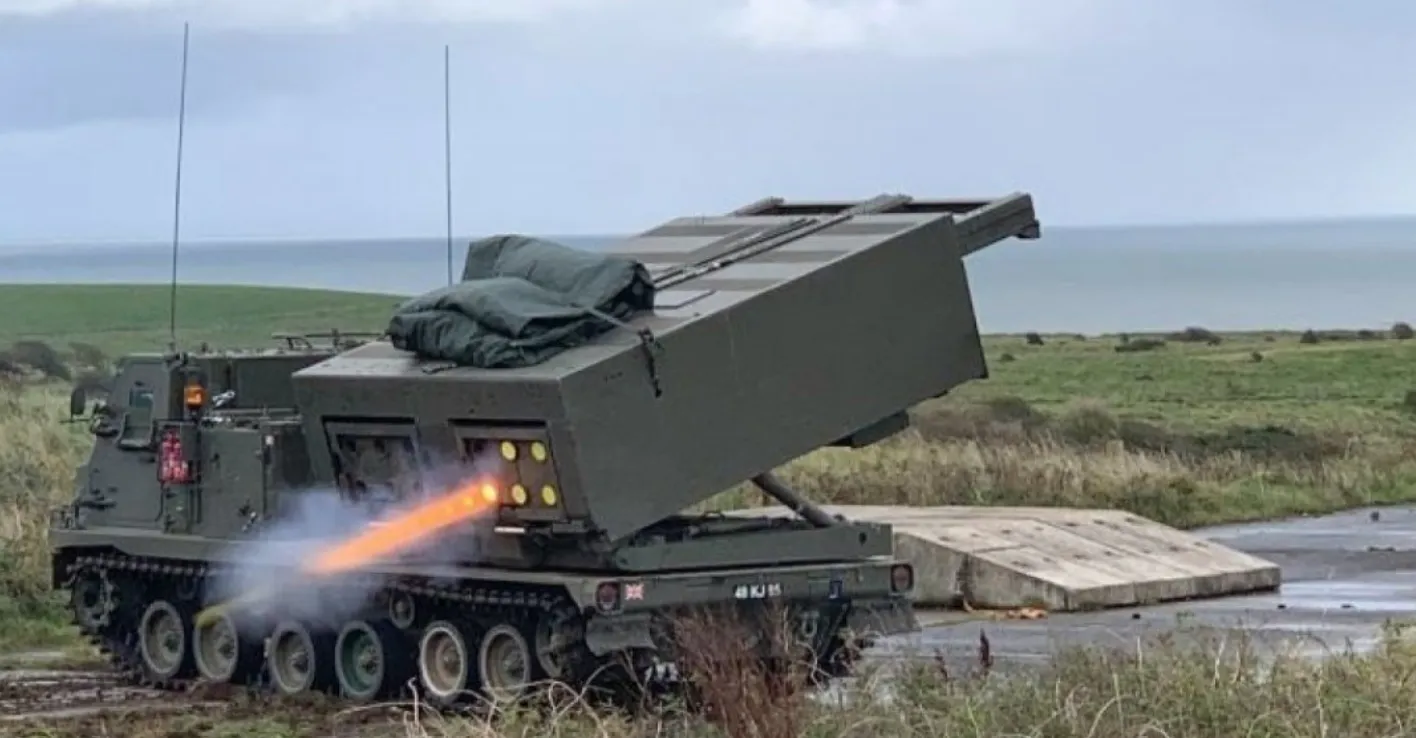
Here’s a closer look at the system’s versatility:
With its ability to launch different types of munitions, the M270 can support a wide range of military operations, from destroying enemy formations to providing indirect artillery fire in coordinated assaults.
It has the flexibility to be deployed in both offensive and defensive operations.
A common comparison in modern artillery systems is the M270 MLRS vs HIMARS (High Mobility Artillery Rocket System).
Both systems are designed to deliver rocket and missile firepower but have key differences that cater to different tactical needs. Here’s how the two compare:
| Feature | M270 MLRS | HIMARS |
| Mobility | Tracked vehicle with high off-road capability | Wheeled vehicle, more mobile on roads |
| Payload | 12 rockets (2 pods, 6 each) | 6 rockets (1 pod) |
| Range | Up to 300 km with ATACMS missiles | Up to 300 km with ATACMS missiles |
| Reload Time | Faster, with a crew of 3 | Slower, with a crew of 3 |
| Transportability | Requires larger transport vehicles like C-5 | Can be transported via C-130 aircraft |
| Deployment Flexibility | Better for sustained operations in rugged terrain | Highly mobile for rapid deployment and withdrawal |
The key advantage of the M270 MLRS lies in its ability to carry a larger payload (double the rockets of HIMARS) and its tracked platform, making it more suitable for rugged terrains.
HIMARS, on the other hand, benefits from increased mobility and rapid deployment due to its wheeled configuration, which allows it to be transported by smaller aircraft like the C-130.
While the M270 MLRS is ideal for long-term engagements where sustained firepower is needed, HIMARS is more suited for rapid-strike missions where mobility is critical.
Both systems are complementary on the modern battlefield, and many armed forces, including the U.S. military, deploy both systems to cover different tactical needs.
As with any long-serving military platform, the M270 MLRS has undergone continuous upgrades and modernization efforts to ensure it remains effective in evolving combat environments.
Modernization programs have improved everything from fire control systems to mobility and range, ensuring that the M270 MLRS keeps pace with modern military requirements.
Since its initial deployment in the early 1980s, the M270 MLRS modernization programs have focused on enhancing the system’s range, precision, and survivability. Some of the most significant upgrades include:
These modernization efforts have helped maintain the relevance of the M270 MLRS even as new systems like HIMARS have been introduced. With these upgrades, the M270 can operate effectively on the modern battlefield, providing both offensive and defensive fire support for ground forces.
The M270 platform has been adapted into several M270 MLRS variants over the years, each tailored to specific mission requirements or technological advancements. Here are a few of the most notable variants:
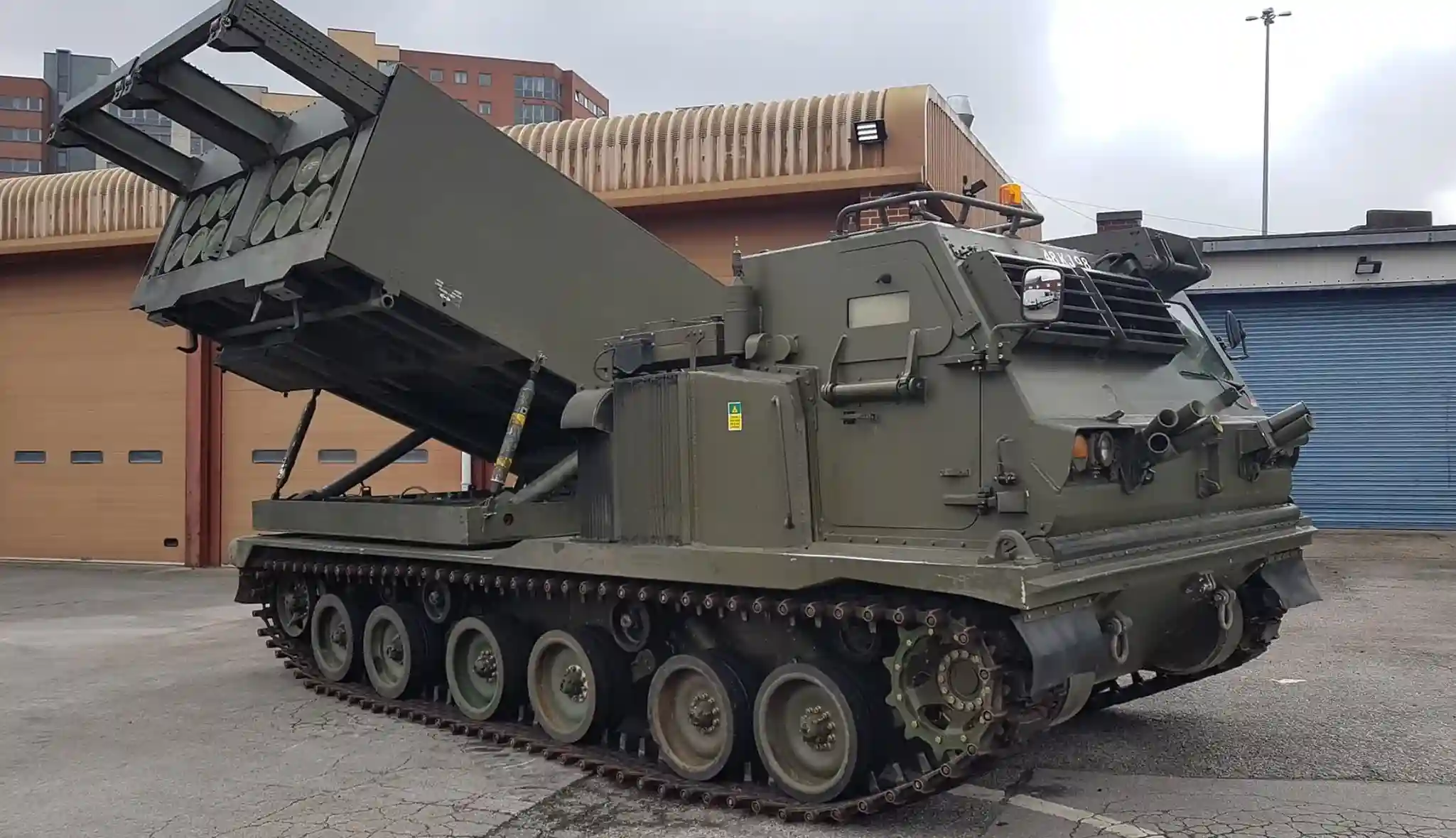
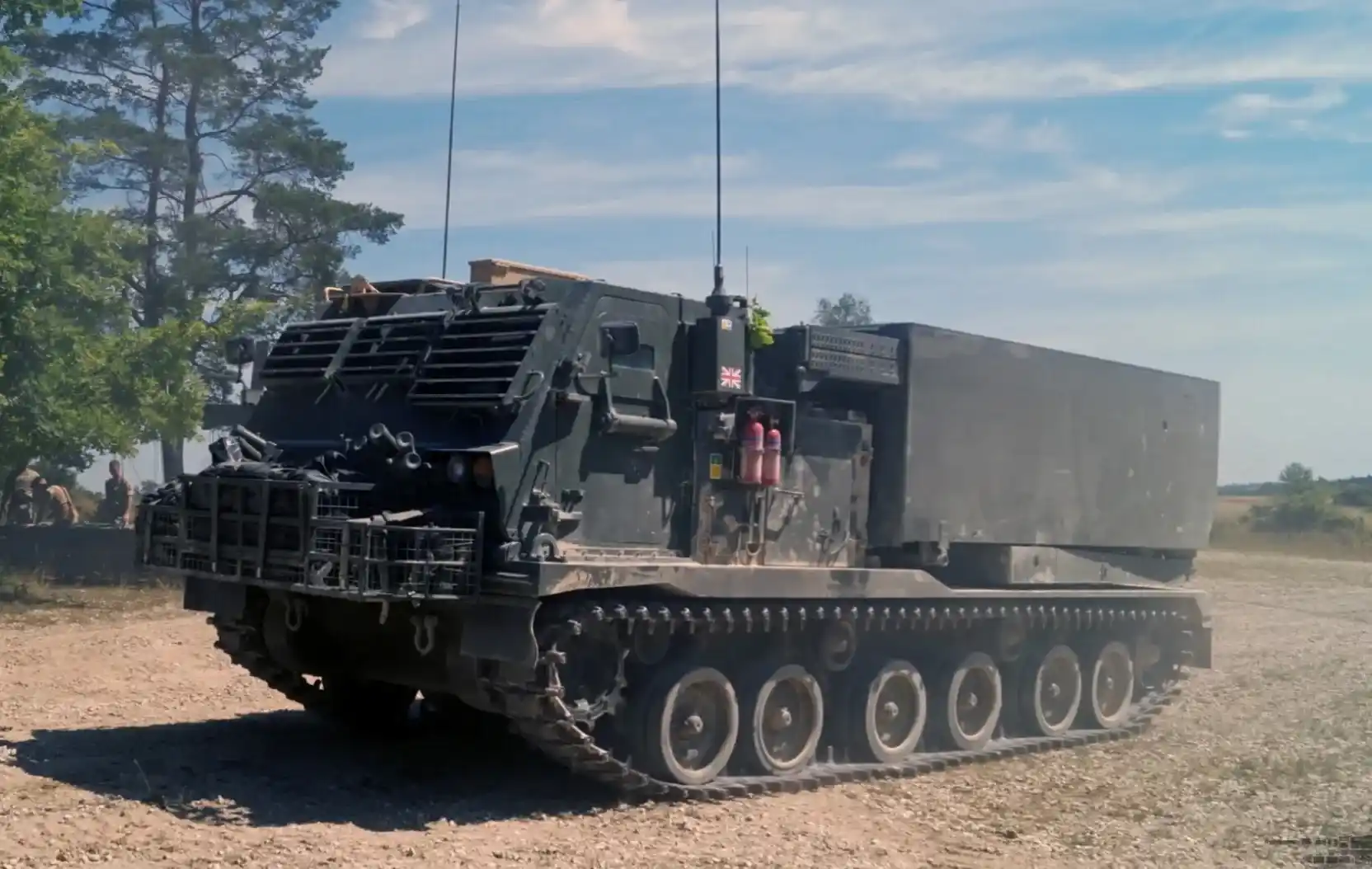
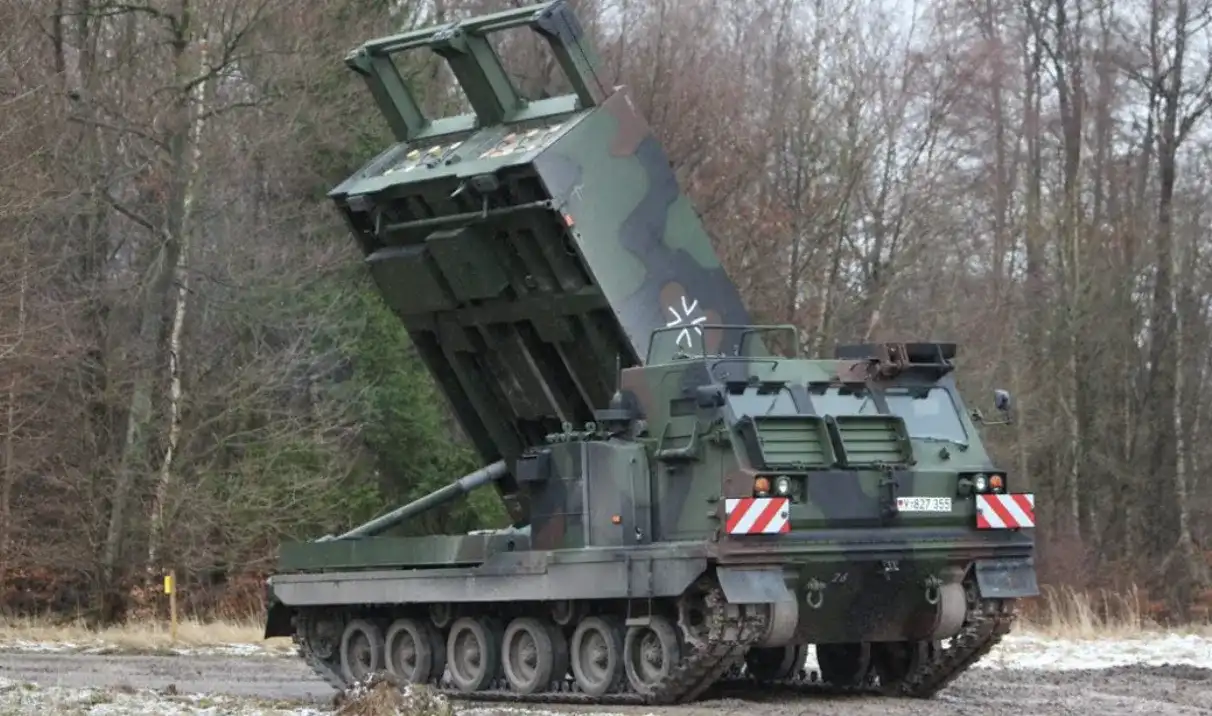
These variants reflect the adaptability of the M270 system and its ability to evolve based on the needs of different militaries. The continuous development of new M270 MLRS upgrades ensures that the platform remains a key asset in global defense strategies.
The M270 MLRS operational history is a testament to the system’s effectiveness in a variety of combat scenarios over the past four decades.
Since its introduction in the 1980s, the M270 has seen extensive service across multiple conflicts, providing essential firepower and battlefield support in both conventional and asymmetric warfare.
The M270 MLRS has been used in numerous global conflicts, often proving to be a decisive factor in battles due to its ability to deliver overwhelming firepower from a distance. Here are some of the key conflicts where the M270 has made an impact:
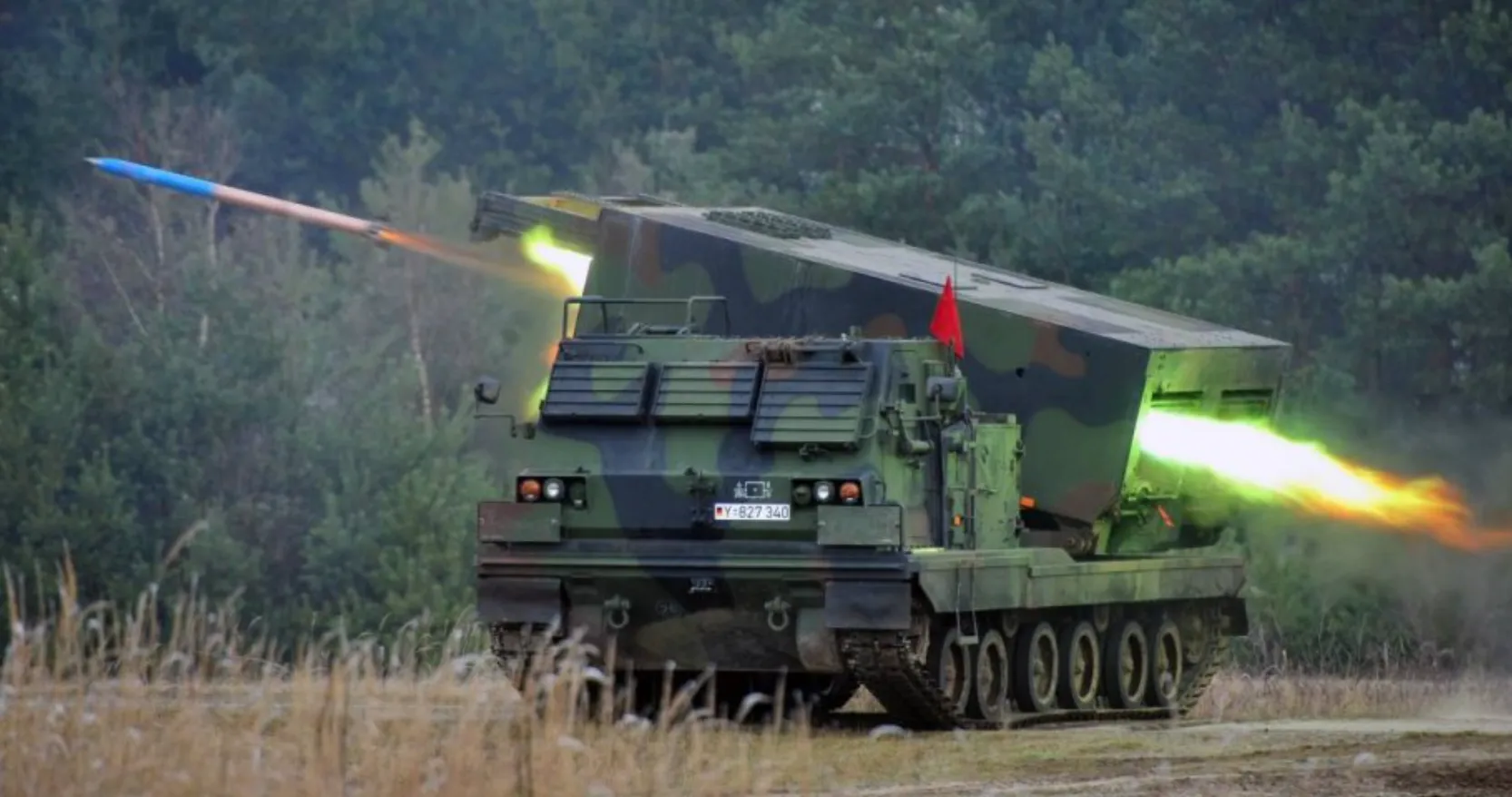
The M270’s ability to deliver concentrated firepower quickly and from long distances has made it invaluable in both large-scale conflicts and more localized engagements.
Its success in these conflicts has solidified its reputation as one of the most effective artillery systems in the world.
Operating a complex and powerful system like the M270 MLRS requires significant attention to logistics, crew training, and maintenance.
This section explores the technical aspects of the M270 system, how it is maintained, and the crew requirements necessary for effective operation.
Understanding these elements is crucial for maximizing the system’s battlefield effectiveness and ensuring that it is always ready for action.
The M270 MLRS crew typically consists of three personnel: a driver, a gunner, and a commander. Each crew member has specialized tasks and responsibilities that ensure the system operates efficiently during combat. Let’s break down each role:
The M270’s operational range of 480 km (300 miles) means that fuel logistics are a critical part of its deployment. The system’s diesel engine consumes fuel at a rate of approximately 2.3 miles per gallon, making fuel resupply a constant consideration during prolonged operations.
In large-scale conflicts, managing fuel supply chains is essential to prevent the M270 from being sidelined by logistical issues.
| Logistical Factor | Details |
| Fuel Capacity | 600 liters (approximately 158 gallons) |
| Fuel Consumption | 2.3 mpg (miles per gallon) |
| Operational Range | 480 km (300 miles) |
| Reload Time | 5-10 minutes (with trained crew) |
The combination of fuel logistics and the M270 MLRS reloading time makes the system highly dependent on well-coordinated supply chains. Resupply vehicles and trained personnel must be in place to ensure the M270 can continue firing during extended engagements.
The M270 MLRS has been a significant investment for militaries worldwide, requiring substantial resources for both its initial development and ongoing production.
This section will dive into the production timeline, costs associated with the system, and budget considerations for countries looking to adopt or upgrade the M270.
The M270 MLRS was initially developed during the Cold War as part of a broader strategy to counter potential Soviet aggression with a high-volume, long-range rocket artillery system.
The system first entered service in the early 1980s and has been in continuous production and service since then, with significant upgrades and modernization efforts keeping it relevant.
Here’s a breakdown of key milestones in the M270 production timeline:
The enduring production of the M270 reflects its versatility and importance in military operations. Lockheed Martin, the primary manufacturer, has continuously improved the system, ensuring that it remains a leading choice for long-range artillery.
The M270 MLRS is a high-cost, high-impact military system. Its price tag reflects the complexity of the platform, the cutting-edge technology used in its guided munitions, and the logistical support required to keep the system operational over extended periods.
The cost of owning and operating the M270 includes both upfront acquisition costs and ongoing maintenance, training, and ammunition expenses.
The acquisition cost of the M270 varies depending on the configuration, the inclusion of modernization packages, and the type of ammunition purchased. Here’s an estimated breakdown of some of the key cost factors:
| Cost Factor | Estimated Cost |
| M270 Unit Cost | $2-4 million per unit (without munitions) |
| M270 Modernization Package | $500,000 to $1 million per unit |
| GMLRS Rocket | $100,000 – $200,000 per rocket |
| ATACMS Missile | $1 million – $1.5 million per missile |
These costs highlight the financial commitment required to maintain an M270 system.
The GMLRS rockets and ATACMS missiles are especially costly, but they provide significant tactical advantages in terms of range and precision.
Countries operating the M270 must factor in not only the cost of acquiring the platform but also the ongoing expense of ammunition, crew training, and system maintenance.
As one of the most advanced artillery systems in the world, the M270 MLRS often prompts a variety of questions regarding its capabilities, operation, and role in modern military strategies.
Below are some frequently asked questions about the M270 MLRS, offering detailed insights into its specifications, functionality, and battlefield performance.
The range of the M270 MLRS varies depending on the type of ammunition used:
These capabilities make the M270 one of the most flexible and long-range artillery systems in modern military use.
The M270 MLRS is equipped with two launch pods, each capable of holding six rockets, allowing it to launch up to 12 rockets in rapid succession.
These rockets can be fired within a minute, providing overwhelming firepower in a short period, a feature that has earned the system the nickname “Steel Rain.”
The M270 MLRS is operated by over 20 countries, making it one of the most widely adopted long-range artillery systems globally.
Major operators include:
United States, United Kingdom, Germany, France, Norway, Italy, Greece, Saudi Arabia, South Korea, Japan, Ukraine
Each of these nations uses the M270 in different capacities, ranging from tactical battlefield support to strategic long-range strike missions. Many countries have developed their own modernization programs to keep their M270 fleets updated with the latest technology.
The M270 MLRS has earned its place as one of the most versatile and powerful artillery systems in modern military use.
Since its introduction in the early 1980s, it has continuously evolved to meet the demands of modern warfare, thanks to extensive modernization efforts, precision-guided munitions, and its adaptability across different battle environments.
From its impressive range and firepower, capable of delivering both unguided rockets and precision-guided missiles, to its robust mobility and survivability, the M270 remains a vital asset for many of the world’s leading military forces.
Its proven success in conflicts ranging from the Gulf War to the ongoing war in Ukraine demonstrates its enduring relevance and capability on the battlefield.
The M270 MLRS continues to be an essential part of global defense strategies, particularly in large-scale conflicts where long-range precision firepower is critical.
Its adaptability to modern warfare, coupled with its future upgrade potential, guarantees that this system will remain relevant and effective in the decades ahead.
Share
Defense Feeds is publication focusing on informing, engaging, and empowering the world by providing accurate information from defense technology.
Powered by Defense Feeds © 2025 – All rights reserved.